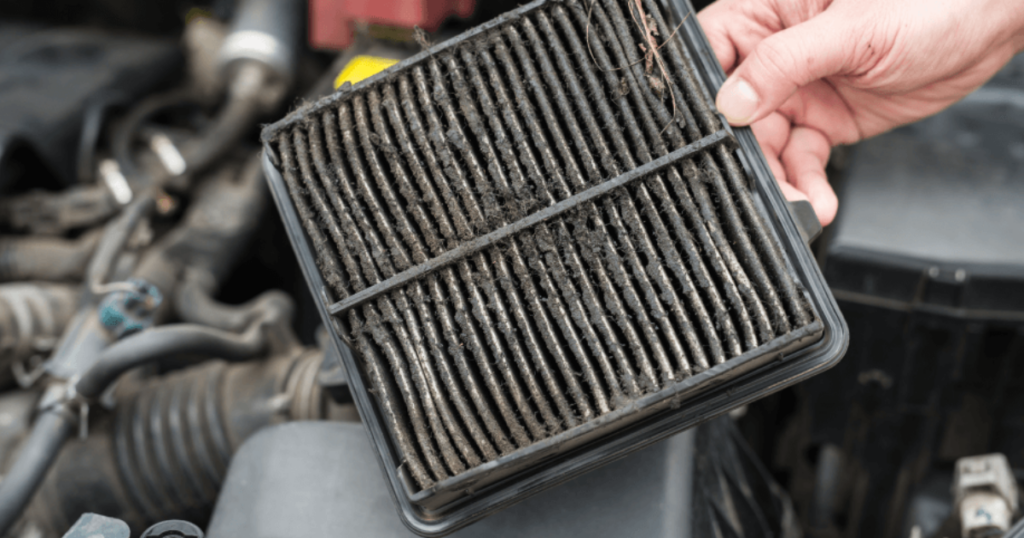Owning a car brings both the joys of freedom and the responsibility of maintenance. As reliable as modern vehicles are, wear and tear on various car parts is inevitable. However, understanding common car part issues and how to fix them can save you time, money and the inconvenience of unexpected breakdowns.
Let’s explore common car part problems and gain insights into resolving them effectively.
Flat or Damaged Tires

Flat or damaged tires are among the most common issues drivers encounter. Punctures, slow leaks, or worn-out treads can lead to unexpected flats. To address this, ensure you have a spare tire, a jack, and a lug wrench in your car. If you experience a flat, safely pull over, use the jack to lift the car, remove the damaged tire, and replace it with the spare.
Dead Car Battery

A dead battery often leaves drivers stranded. The most common cause is leaving lights or electronic devices on when the engine is off. If your car doesn’t start due to a dead battery, jump-start it using jumper cables and another vehicle. If the issue persists, consider replacing the battery or having the charging system checked by a professional.
Brake Issues

Brake problems can pose a serious safety risk. If you notice squeaking or grinding noises when applying the brakes, it may indicate worn brake pads. Replace them promptly to prevent damage to the brake rotors. If your brake pedal feels soft or spongy, it might be a sign of air in the brake lines or a brake fluid leak. Seek professional assistance to address these issues.
Faulty Alternator

The alternator is responsible for charging the car battery and powering electrical systems while the engine is running. If you observe dimming headlights, flickering dashboard lights, or difficulty starting the car, the alternator may be failing. Replace a faulty alternator to avoid complete battery depletion.
Malfunctioning Starter

A malfunctioning starter can prevent your car from starting altogether. A clicking sound when turning the key may indicate a starter issue. Check the battery first, and if it’s in good condition, the starter motor might need replacement. Seek professional assistance for an accurate diagnosis and repair.
Worn-out Serpentine Belt

The serpentine belt drives various engine components, such as the alternator, power steering pump, and air conditioner compressor. A worn or damaged belt can lead to engine overheating, loss of power steering, or a dead battery. Regularly inspect the serpentine belt for cracks or fraying and replace it if necessary.

The oxygen sensor monitors the amount of oxygen in the exhaust gases, helping to regulate fuel efficiency. A failed oxygen sensor can lead to decreased fuel efficiency and increased emissions. Replace a faulty oxygen sensor to restore optimal fuel economy and reduce environmental impact.

The air filter ensures that clean air reaches the engine for combustion. A clogged air filter restricts airflow, reducing engine performance and fuel efficiency. Check and replace the air filter according to your vehicle’s maintenance schedule.
Cooling System Issues

A malfunctioning cooling system can result in engine overheating. Check for coolant leaks, inspect the radiator and hoses, and ensure the coolant levels are within the recommended range. If the engine continues to overheat, consult a professional to diagnose and address the issue.
Faulty Ignition Coil

The ignition coil is crucial for proper engine ignition. Symptoms of a faulty ignition coil include engine misfires, rough idling, and reduced fuel efficiency. Replace a malfunctioning ignition coil to restore optimal engine performance.
Conclusion
Regular vehicle maintenance and prompt attention to emerging issues can significantly extend the lifespan of your car and enhance its overall reliability. While some problems may require professional assistance, having a basic understanding of common car part issues empowers you to take preventive measures and address minor problems before they escalate.
By staying proactive and attentive to your vehicle’s needs, you can enjoy a smoother and more trouble-free driving experience.




